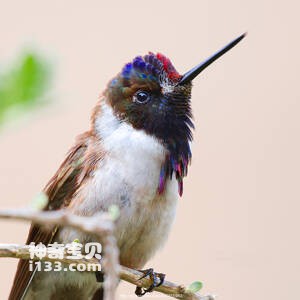
Oreonympha nobilis
Oreonympha nobilis,Bearded Mountaineer
The Bearded hummingbird's scientific name is Oreonympha nobilis, Bearded···
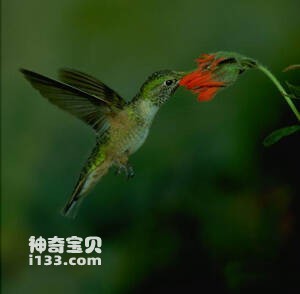
Opisthoprora euryptera
Opisthoprora euryptera
Opisthoprora euryptera are long-legged shorebirds with long, thin beaks. Dur···
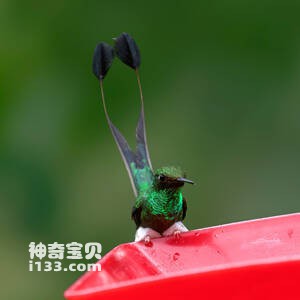
Ocreatus underwoodii
Ocreatus underwoodii,Booted Racquet-Tail
The hummingbird is known as Ocreatus underwoodii and Booted Racquet-Tail.In ···
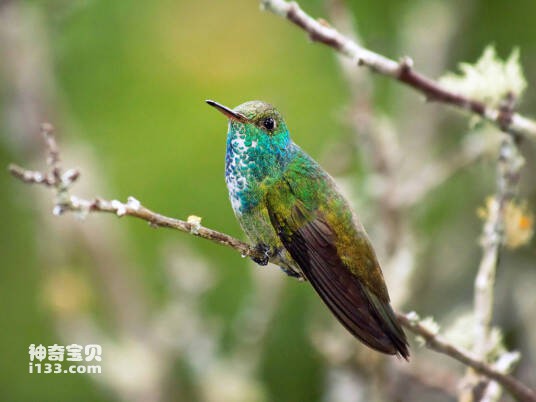
Myrtis yarrellii
Myrtis yarrellii,Chilean Woodstar
The Chilean hummingbird is known as Myrtis yarrellii and Chilean Woodstar。P···
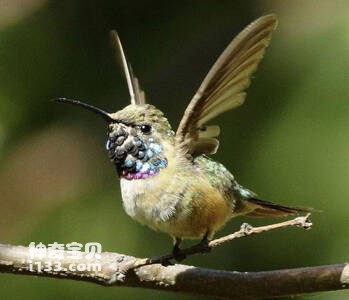
Myrtis fanny
Myrtis fanny,Purple-collared Woodstar
The bird is known as Myrtis fanny or Purple-collared Woodstar.Protect wild a···
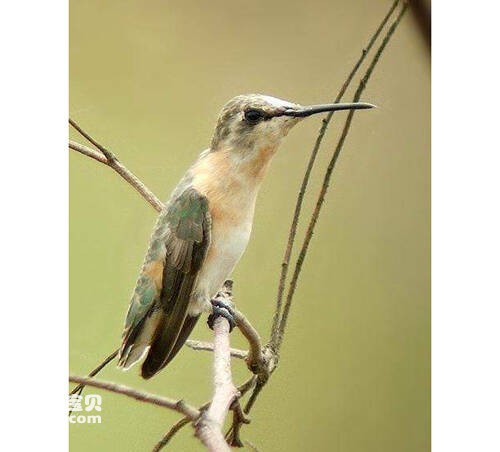
Myrmia micrura
Myrmia micrura,Short-tailed Woodstar
The Short-tailed hummingbird is known as Myrmia micrura and short-tailed Woo···

Microstilbon burmeisteri
Microstilbon burmeisteri,Slender-tailed Woodstar
Microstilbon burmeisteri (Slender-tailed Woodstar) is an unknown species.Pro···
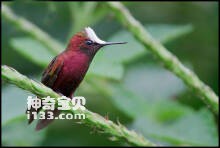
Microchera albocoronata
Microchera albocoronata,Snowcap
The white-topped hummingbird is known as Microchera albocoronata or Snowcap,···
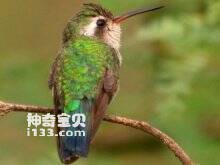
Viridian Metaltail
Viridian Metaltail,Metallura williami
Viridian Metaltail and Metallura williami are not known for their specific h···
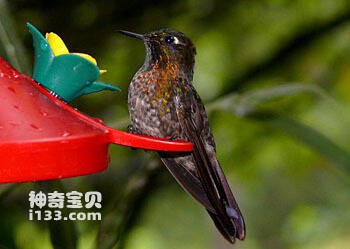
Metallura tyrianthina
Metallura tyrianthina
Metallura tyrianthina is a hummingbird whose specific habits are unknown.Pro···
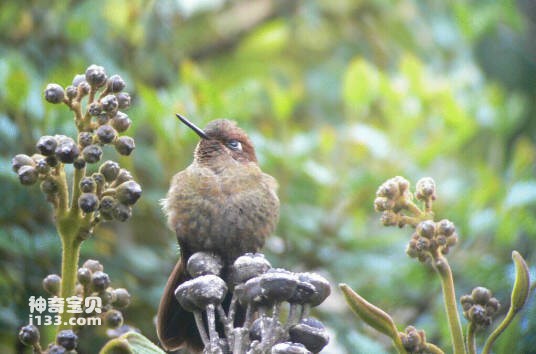
Metallura theresiae
Metallura theresiae,Coppery Metaltail
The scientific name of the bird is Metallura theresiae, the foreign name Cop···
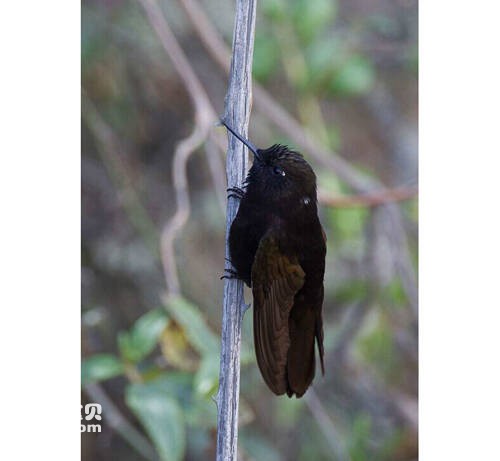
Metallura phoebe
Metallura phoebe,Black Metaltail
The Black Metaltail hummingbird is known as Metallura phoebe or Black Metalt···
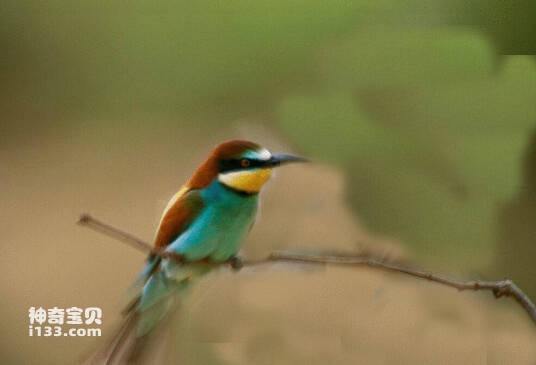
Metallura odomae
Metallura odomae,Neblina Metaltail
It is known as Metallura odomae or Neblina Metaltail.Protect wild animals an···
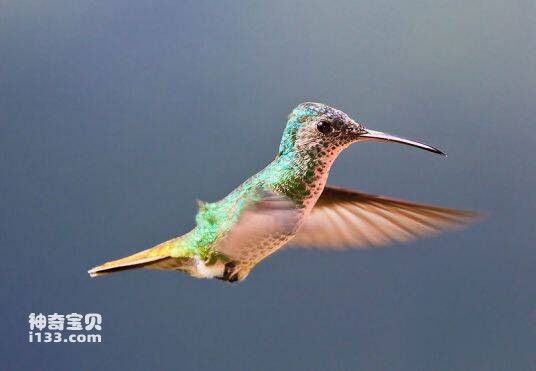
Metallura iracunda
Metallura iracunda,Perija Metaltail
The species is known as Metallura iracunda or Perija Metaltail.World League ···
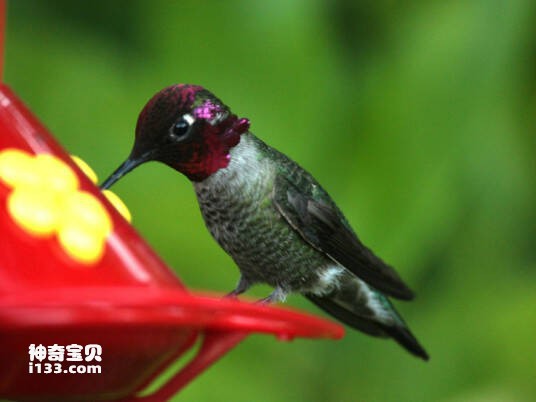
Metallura eupogon
Metallura eupogon,Fire-throated Metaltail
The Fire-throated Metaltail hummingbird is known as Metallura eupogon or fir···
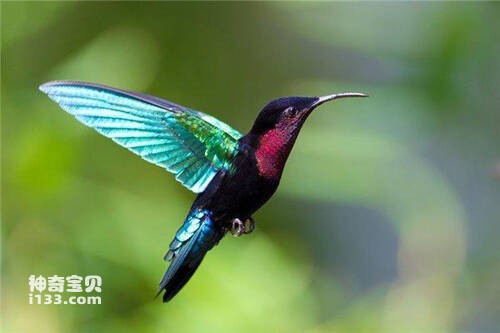
Metallura baroni
Metallura baroni
Metallura baroni is a hummingbird that loves humidity and lives in the swamp···
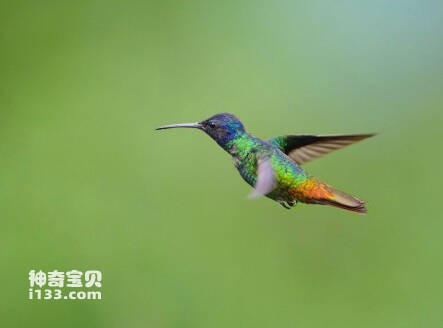
Metallura aneocauda
Metallura aneocauda,Scaled Metaltail
The species is called Metallura aneocauda or Scaled Metaltail.Protect wild a···

Mellisuga minima
Mellisuga minima,Vervain Hummingbird
Mellisuga minima and Vervain Hummingbird are unknown.Protect wild animals an···
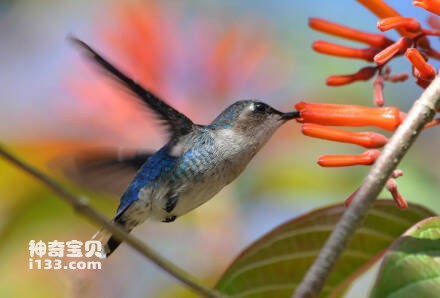
Mellisuga helenae
Mellisuga helenae,Bee Hummingbird,Zunzuncito
The Zunzuncito Bee Hummingbird (Mellisuga helenae) is one of the world's···
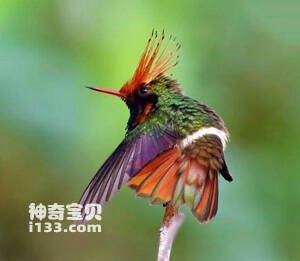
Lophornis stictolophus
Lophornis stictolophus,Spangled Coquette
Lophornis stictolophus or Spangled Coquette is not known.Protect wild animal···
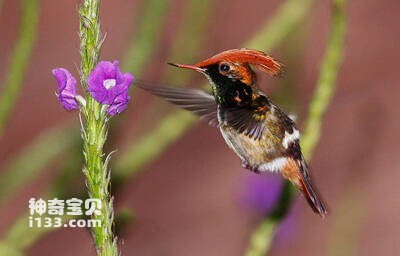
Lophornispavoninus
Lophornispavoninus
The peacock crested hummingbird's scientific name is Lophornispavoninus,···
